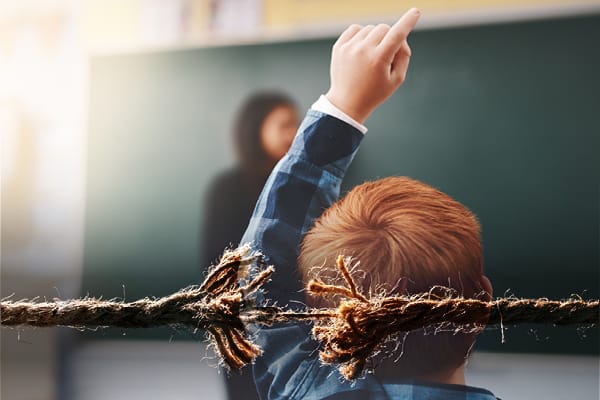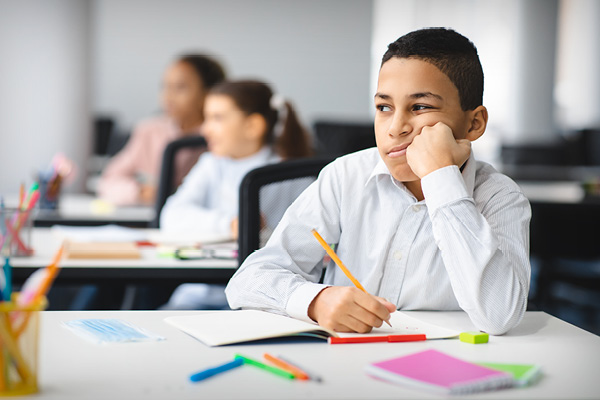Adults and adolescents in the United States say schools are not up to the task of preparing children for a successful future, concludes a new report from Common Sense Media, a nonprofit research and advocacy organization that studies the impact of technology on youth, according to Education Week.
More than half of adults (58 percent) and adolescents (57 percent) said that K-12 public schools are doing a “poor” or “just fair” job of educating children, the report found.
The nationally representative survey of 2,000 likely voters and 1,227 kids ages 12-17 was conducted by Lake Research Partners and Echelon Insights in November and December on behalf of Common Sense Media.
The report comes as public schools are dealing with backlash from certain groups of parents, persistent staff shortages, troubling levels of student academic achievement and motivation, growing youth mental health challenges, and decreasing staff morale.
The adults and teens who took the survey understand an array of problems challenge public schools, according to the Common Sense Media report. For adults, issues include: students not reading at grade level, teacher shortages due to burnout and low pay, bullying and student mental health struggles.
Teens pointed to student mental health struggles as the top education challenge, along with bullying, low teacher pay, students falling behind academically, and book bans, the report found.
Shari Camhi, the superintendent for the Baldwin Union Free School District in New York says, “I think that we do an excellent job with the funding that we have and the resources that we have and the restrictions that we have,” Camhi said. “I think if we have the ability to change policy and increase funding, we would just do an even better job than we’re already doing.”
When given a list of solutions for schools to better address students’ needs, adults rated the top five:
1) providing individualized learning plans based on each student’s need
2) increasing teacher pay
3) providing additional counseling or social-emotional and mental health support
4) reducing class sizes
5) improving teacher preparation.
More testing and setting higher standards for students to meet were at the bottom of the list, the report found.
Empowering students and teachers to speak up and share their ideas on how to improve their schools will be beneficial, too, Gogia said.
Many schools already have deployed some of the solutions that the survey respondents rated highly. For instance, in some districts high school students have the opportunity to take courses relevant to careers they’re interested in, which “fits under individualized learning. One district also has a wellness center—which provides medical, mental and emotional health services, and health education—that’s open to all students and their families and is free of cost.
Regarding teacher pay and teacher shortages, beating up teachers constantly in the press” is not helpful in encouraging other people to go into the profession.
Districts need to be more positive, more optimistic, to solve some of the issues raised by report,
Education Week





